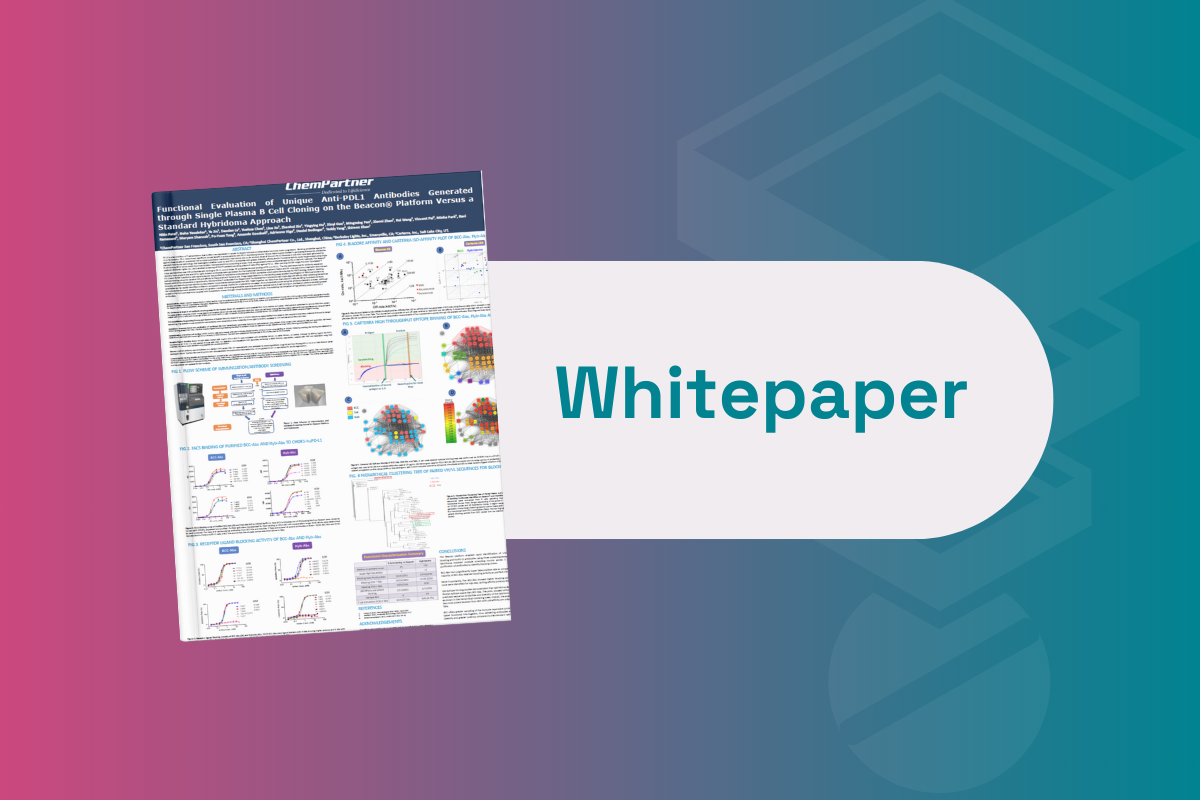Predicting the Intricacies of Compound-Protein Interactions: Uses of Molecular Dynamics in Drug Discovery

Edited by Tom Cohen
Since the time of Newton, scientists have been interested in modelling complex systems based on their physical dynamics. In the time since, this idea has consistently developed, and now concerns computer simulations of the very small. Istvan Enyedy is Senior Director of Computational Chemistry at Theseus Pharmaceuticals, he uses computer modelling to examine the complex interactions between organic compounds and proteins.
Enyedy explained at Drug Discovery Europe 2022 that molecular dynamics (MD) simulations have been used by computational chemists for decades. However, one of the problems that has impeded the technology’s wider use in an industry setting has been the manual labour that it takes to set up these models and the long time required to run a simulation. “It takes a lot of effort to set up a simulation and then analyse it,” he said.
Recently however, running MD on graphics processing units is almost 2 orders of magnitude faster than on CPUs. The CEO of Nvidia (one of the GPU manufacturing market leaders) Jensen Huang, stated in 2018 that GPUs were “25 times faster than five years ago,” outpacing Moore’s law. This has been spurred on by the growing markets of machine learning, video games, and crypto-currency mining.
- AlphaFold and Drug Design: Has AI Solved Biology’s ‘Grand Challenge?’
- Merck KGaA: Accelerating Drug Discovery with Automation and Artificial Intelligence
- Artificial Intelligence for Drug Design and Discovery
“So suddenly, running nanosecond simulations is not a big deal,” explained Enyedy. Furthermore, automation can now take care of a lot of the manual labour: “setting up hundreds of MD simulations takes the same time as setting up one.” Enyedy has been using MD simulations extensively to optimise docking poses, taking advantage of the flexibility that automation can offer.
Enyedy recalled that when he was a graduate student, calculating binding free energy could take up to two months; now, it takes only a few hours. So there has been a huge leap in speed in terms of getting the key information out of MD simulations.
Applications of Molecular Dynamics
MD simulations have a variety of applications for computational biochemistry. Enyedy outlined a few of these applications in his presentation, along with their respective benefits for his work.
Optimising Homology Models
First, Enyedy went over the use of MD in optimising homology models. He recounted a project that he had worked on building a 3D conformation of a recently sequenced protein, matryptase. Enyedy used homology modelling, followed by molecular dynamics simulation. Four years later a team crystalised the same protein. “When overlaying the simulated model over the crystal model, the root mean square deviation between the two was less than one Ångstrom” said Enyedy.
Generating Binding Site Conformations
MD simulation can also be used to generate binding site conformations to improve docking and scoring. As Enyedy explained, “docking and scoring is sensitive to conformations, so sometimes just a sidechain movement can help a lot.”
Generating Mutant Structures
Enyedy then highlighted the generation of mutant structures as a very important application for his current work. Theseus Pharmaceuticals employs MD methods to look at mutant selectivity – herein, Enyedy is able to generate mutant protein structures from their wild type and use that to propose hypotheses as to how to achieve mutant selectivity. Furthermore, they can generate hypotheses for the impact of mutation on compound binding.
One example of mutant structure generation that Enyedy mentioned was a model of 5MO4 ABL kinase. One of the most common mutations of this protein occurs on the 255th residue, where glutamic acid becomes valine (E255V). E255V in ABL kinase is one of the main mutations associated with cancer. When Enyedy simulated the structure of the wild type protein he observed very little change in the simulation, but the mutation induced conformational change in the P loop.
Enyedy explained that the mutation’s change was caused by the fact that valine is a hydrophobic residue and therefore turns inwards into the protein. This can have a big impact on compounds that interact with the P loop because the conformation change can impact their binding. According to Enyedy, this is a problem for treating its associated cancers: “You develop a compound that may work well against the wild type, but not against the mutant.”
Understanding Compound-Modulated Protein Activity
MD simulations are also useful for explaining the mechanism through which a compound modulates protein activity. “A while ago I worked on a nuclear receptor project,” Enyedy illustrated, “the nuclear receptor was constitutively active, and the team were looking for agonists. The first question that they asked was, how exactly does an agonist work? Because the nuclear receptor is constitutively active, how can it make it more active?”
So Enyedy ran a simulation of the receptor with and without the ligand. With the ligand, he noticed that the flexibility of helix 12 was lower than without the ligand. Based on this, Enyedy hypothesised that if the helix is less flexible, the coactivator peptide can bind more easily to the agonist nuclear receptor complex than to the apo form– “so that’s how the agonist effect shows up.” A few months later, an experiment was conducted to test Enyedy’s hypothesis. Indeed, the coactivator peptide bound faster to the agonist-bound structures than to the unliganded one.
Identifying Allosteric Sites
Allosteric sites of a protein can be identified using MD. To do this, cross correlation coefficients are used to correlate the motion of residues that are far from binding sites with the motion of the residues from the binding site. If the motion of residues from both sites are in sync, researchers are able to hypothesise that they may have found a good allosteric site.
Optimising Docking Poses
MD methods are often used to check the pose stability of a docking compound. “In docking you often see an interaction with a very mobile sidechain, but how stable is that interaction?”, Enyedy asked. He explained how MD simulations could be used to check how stable a docking pose of a compound is. Assessing the pose stability can help in separating strong binding compounds from weak binders – correlating the activity and stability of a compound in the binding site.
Molecular Dynamics: Unfolding Interactions In Silico
The possibilities for the application of molecular dynamics are vast. The technology allows researchers to better understand the complex systems that occur in the body. Furthermore, MD creates the opportunity for experiments to be conducted in silico before having to commit the energy needed to perform them physically. The recent advances in graphics processing units have played an integral role in making this a possibility.
Join and network with over 200 industry leaders at Discovery US: In-Person, where we will address the latest advancements in target identification, validation and HIT optimisation.







